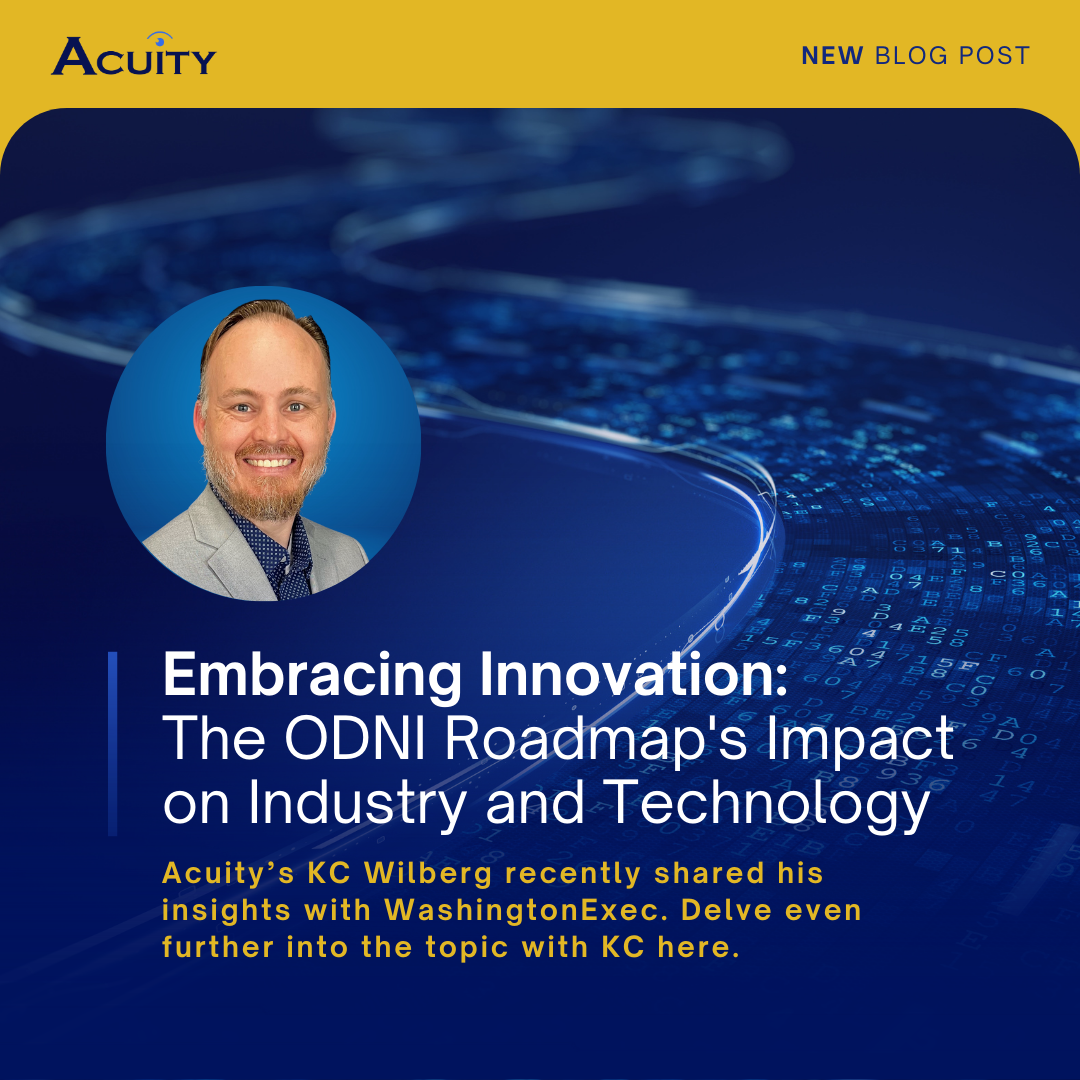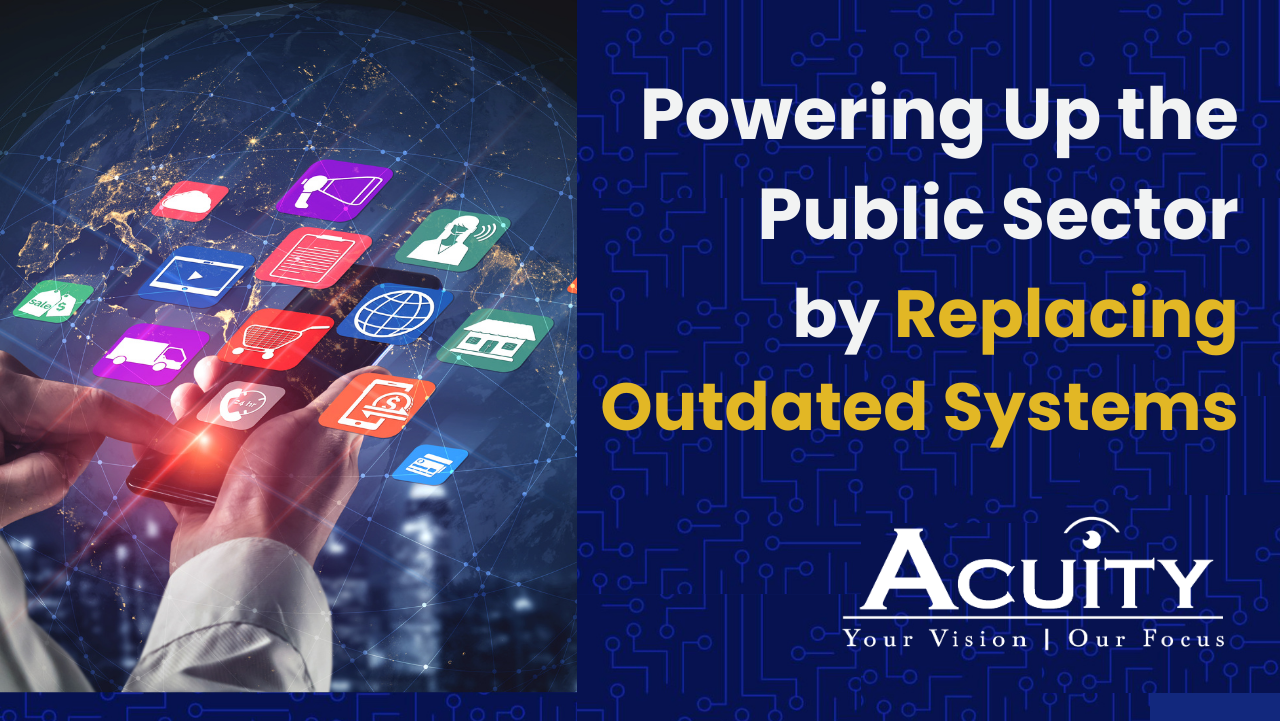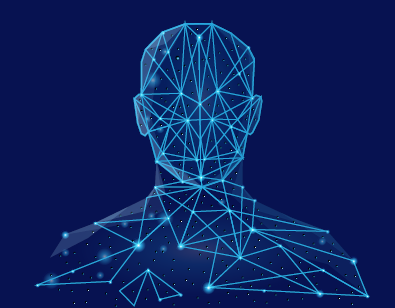What IT Modernization Looks Like Today
At a recent industry event, technology leaders from around the federal government discussed what their IT modernization journey looks like today. Their insights reveal common issues including a shared commitment to improving the customer experience.
Insights from CIO Summit
On April 17, 2024, chief information officers from the U.S. government and industry gathered at the Potomac Officers Club’s 5th Annual CIO Summit. Topics for the day included generative AI, IT modernization, multi-cloud strategies, and more. Acuity’s Eric Lazerson, Vice President of Technology Solutions, moderated a panel discussion titled, “Navigating the IT Modernization Journey: Insights from Leaders Shaping the Future.” The panel comprised Kaschit Pandya, Chief Technology Officer for the IRS; Laura Williams, Deputy Chief Information Officer, Foreign Operations at U.S. Department of State; and Jamie Wolff, Chief Information Officer, National Nuclear Security Administration, U.S. Department of Energy.
Separate Missions, Shared Concerns
While these technology leaders are focused on their own missions and their own IT projects, their comments during the panel showed they have many of the same challenges:
Security and identity management: Regardless of which system they are updating or replacing, technology leaders must protect against threats and ensure the safety of sensitive data. The IT modernization projects tackled by the panelists include updating and strengthening cybersecurity measures, with technologies such as Zero Trust architecture, multifactor authentication, and commercial classified cloud as examples of how they are enhancing security and identity verification for their systems and data.
Data integration: Updated data storage and analysis tools enable the federal government to better leverage data as a strategic asset to improve decision-making, increase efficiency, and drive innovation. Consolidating case management systems, integrating data across various sources, and enabling single sign-on will improve internal efficiency and reduce friction for customers.
Low code/no code software: The use of low code/no code software can accelerate the development and deployment of new applications and services, reducing the need for specialized programming skills. The panelists noted that IT can become a chokepoint for adapting to government’s changing needs; embracing low code or no code software can be part of a cultural change toward flexibility and faster response times.
Training for changing roles: The speakers addressed the need to prepare their teams to cope with current and upcoming IT modernization initiatives. As technology changes, the roles and skills required for IT staff are changing. The panel discussed fellowships, early training, and learning on the job, to address this challenge and opportunity.
Focus on Customer Experience
Throughout the session, the panelists emphasized the importance of implementing systems that improve and streamline the customer experience (CX).
- Meeting the public’s expectations.
Individuals are increasingly expecting their interactions with government entities to have the same level of convenience and responsiveness as their interactions with consumer brands. They expect to interact through calls, forms, chatbots, emails, and social media. Modernizing IT systems can improve CX by providing more efficient and user-friendly services, reducing wait times, and increasing accessibility. - Reducing frustration.
Outdated, hard-to-use technology can frustrate people to the point that they give up. If a website or system turns people away, they may quit trying and miss out on the benefits or services they need. One panelist suggested using complaint data to identify problems that are frustrating the public. - Empowering employees.
Modernized IT systems give government employees more efficient, user-friendly tools. This increases productivity and allows employees to provide seamless customer service. Improving the employee experience in turn can also lead to higher employee retention rates.
Today’s IT Modernization
The insights shared by the panelists underscored that IT modernization is a continual process. There is never a moment when an agency or department can declare modernization “done.” However, the goal for IT modernization changes over time. Today, the emphasis is on security, data, and especially customer experience.
Learn more about Acuity’s approach to IT Modernization.


